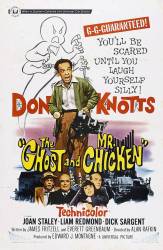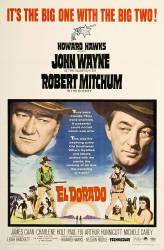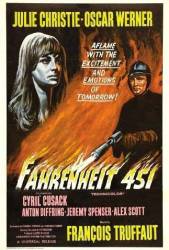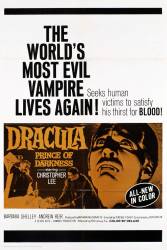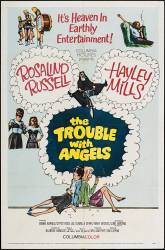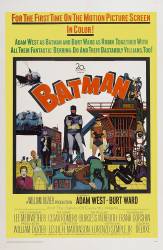
Trivia: Cesar Romero refused to shave his moustache for the role of Joker, so it's still visible under his makeup.
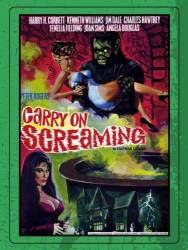
Trivia: Director Gerald Thomas provided the monster gibberish for Oddbod Jr.
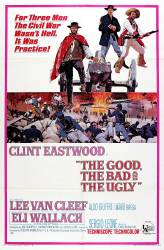
Trivia: There is no dialogue in the first 10 minutes of the film.
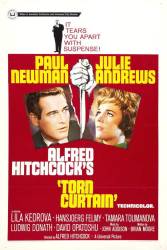
Trivia: This was Alfred Hitchcock's 50th movie.
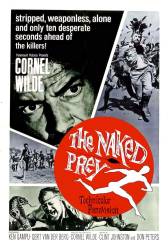
Trivia: Although the main character is listed in the credits as "Man", he is referred to early in the film as "Larry".
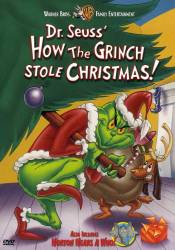
Trivia: Chuck Jones met his wife thanks to the Grinch. Marian Dern from TV Guide interviewed him about the special, and they got married in 1981.
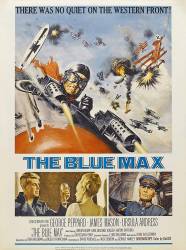
Trivia: The number of the Berlin hotel room Bruno Stachel stays in the night before he is to be awarded the Blue Max is '22', which equals the number of planes he has shot down. He needed only 20 to win the award, but he had to shoot down two more in order to make up for Willy's kills that he claimed as his own earlier in the film.

Trivia: Just after Linus seals his letter to the Great Pumpkin in an envelope, he walks past Lucy who is sitting on the floor watching TV. In her hands, Lucy is holding an issue of TV Guide Magazine. On the cover? Lucy, sitting on the floor in the same position, wearing the same blue dress. (00:07:00)
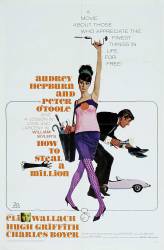
Trivia: Audrey Hepburn's movie wardrobe was designed by the famous fashion designer, Givenchy. During the film, Peter O'Toole jokingly comments to Hepburn that the cleaning woman disguise she is to wear for the heist will, "give Givenchy a night off."
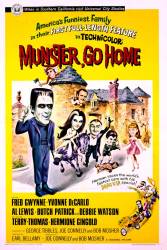
Trivia: When Herman and Grandpa are locked in the counterfeiting room, Herman says "Call Batman." He was obviously referring to the Detective Comics series, where Batman first appeared in issue 27, in May, 1939. The Batman series starring Adam West debuted January 12, 1966.
Suggested correction: This movie was released in June 1966 so depending how long before that the filming took place, it may have been from the new Batman show (at that time).
That would be a possibility, as The Munsters debuted on television Sept. 24, 1964. Munsters Go Home appeared June 6, 1966. The Batman series starring Adam West debuted on television January 12, 1966. So given the dates, you would be correct, and given off-screen possibilities, I stand corrected, as I didn't have the correct dates at the time.
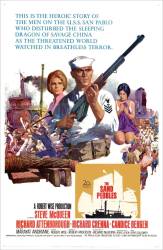
Trivia: Steve McQueen received his only Oscar nomination for his performance as Jake Holman in this film.
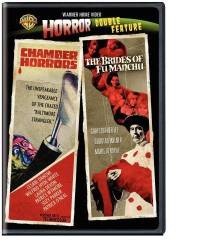
Trivia: Although released to theatres in 1966, this beautifully-shot film was actually the pilot for an unrealised television series entitled "House of Wax" (which was never picked up by the networks). Despite its title, "Chamber of Horrors" was not particularly scary, much less horrifying; in fact, it was more like a 19th Century crime-detective drama. After the TV pilot was rejected, Warner Brothers opted for a theatrical release, even though the film was shot in television screen format rather than wide screen format. Attempting to sensationalize "Chamber of Horrors" for the big screen, Warner Brothers added the preposterous "Fear Flasher and Horror Horn" gimmick to warn audiences of imminent violence and gore...except that there was no gore and practically no onscreen violence.
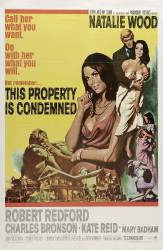
Trivia: Kate Reid was only 8 years older than Natalie Wood, who plays her daughter.
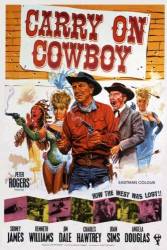
Trivia: The man playing the piano in the saloon is composer Eric Rogers' real-life brother, Alan.
